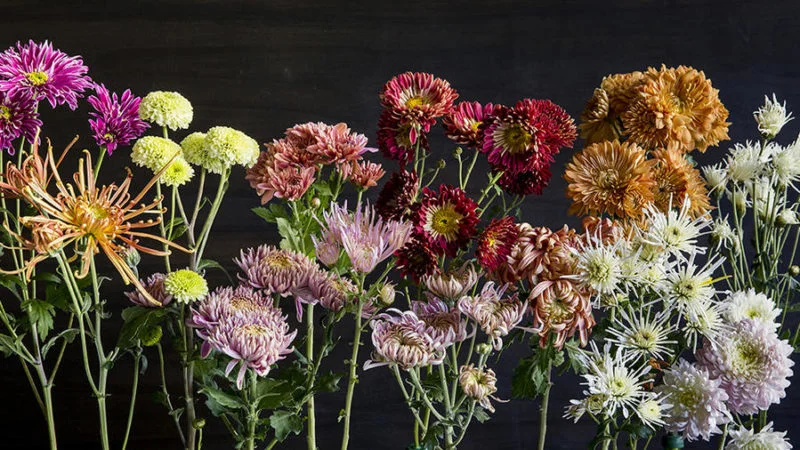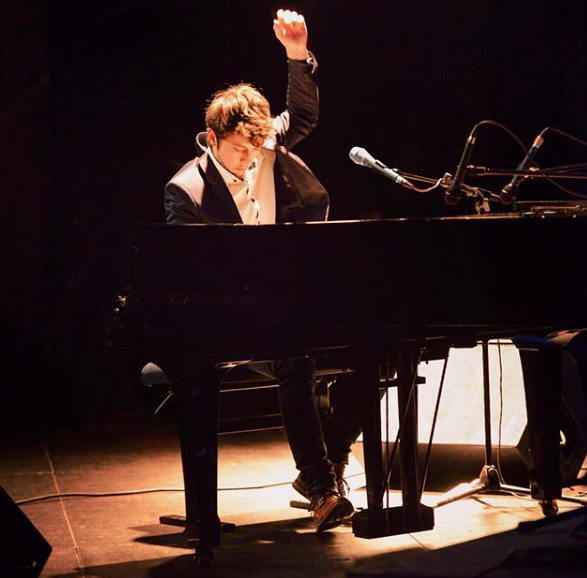Everything changes......
When I was growing up in Britain, in the far distant past, we knew nothing of Hallowe'en. Hard to believe but it didn't register on our calendar or conscious at all......
After our school summer holidays the next event to look forward to was always Bonfire Night - a whole ghoulish story in itself about Guy Fawkes, the Houses of Parliament, Gunpowder, Treason and Plot - followed a month later by the much more upbeat and exciting Christmas festivities. Even in the 70s Halloween was essentially a glamourous American import, celebrated for the most part by children of the well-heeled. Nowadays however it has been fully embraced by the whole of Europe, an opportunity to party and dress-up and have fun. In fact, this year we are holding our very first Halloween Party with all its trappings! And having bought into the consumerism of it all, I felt it incumbent on me to research the actual history of the feast and here is a précis of what I found.
Halloween or Hallowe'en is celebrated every year on the eve of the Western Christian feast of All Hallows Day and begins the three day observance of Allhallowtide, the time in the liturgical year dedicated to remembering the dead, including saints (hallows), martyrs, and all the faithful departed. It is widely believed that many Halloween traditions originated from ancient Celtic Harvest festivals and that such festivals may have had pagan roots; some believe, however, that Halloween began solely as a Christian holiday. Halloween activities include trick-or-treating, attending Hallowe’en costume parties, carving pumpkins into jack-’o-laterns, lighting bonfires, apple bobbiing, deination games, playing pranks, visitiing haunted attractions, telling stories, watching horrow films and lighting candles on the graves of the dead.
The following day, here in France they celebrate Toussaint(All Saints) and the chrysanthemum is the flower colloquially known as the “flower of the dead”. You'll find all the supermarkets and markets overflowing with every colour and shade from autumnal rust to violent fuschia - their cheery blooms, colours and scent apparently guide the spirits to their respective altars. Family members usually gather at the cemetery and place chrysanthemum flowers on the grave as well as lighting candles to symbolise happiness in the afterlife. And, of course, there are special church services. The remainder of the day is then spent together in a respectful atmosphere (which generally excludes family fights) and is seen as an opportunity to strengthen generational links - a bit like Thanksgiving in the US and Christmas in the UK.
On a more cheerful and less scary note, we have a couple of additions to our events next year. We really don’t have the space, or want to over-populate our workshops and events so we keep a strict limit on numbers and places are already beginning to fill up. Having said that we have, perhaps, more to offer in 2019 than we usually do. Apart from the exciting collaboration between Julie Arkell and Celia Pym, which takes place at the beginning of June, and Åsa Tricosa’s Knitting Im-Mercerie IIIat the end of that month, we will be hosting another InstantWit Weekendfull of laughter and camaraderie. There is also a classical piano concert weekendin March and Lori Seibert's Snippets and Stitchesin September
July sees our third Blues & Boogie Weekendwith four of the world’s most accomplished musicians, plus a few Masterclasseson the cards for those amateur and professional musicians interested in learning from a pro.. Again, we have limited residential space for this event, but it would make a fantastic once-in-a-lifetime-experience Christmas gift for that special someone..
We’re in the process of collating everyones’ schedules and my next newsletter will, hopefully, have a list of events and concerts where you can get a taste of what is on offer next year at Les Soeurs Anglaises.







